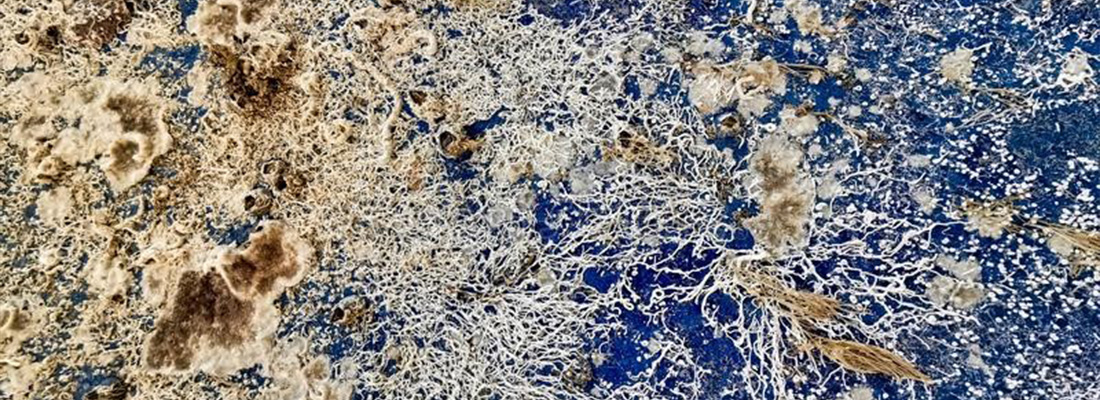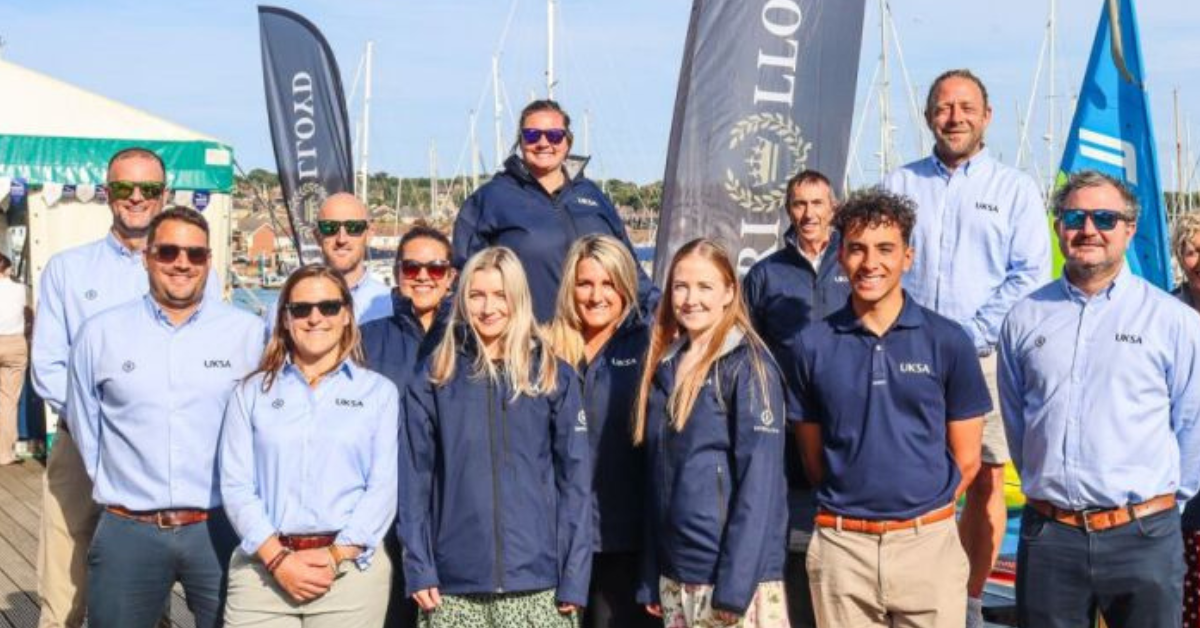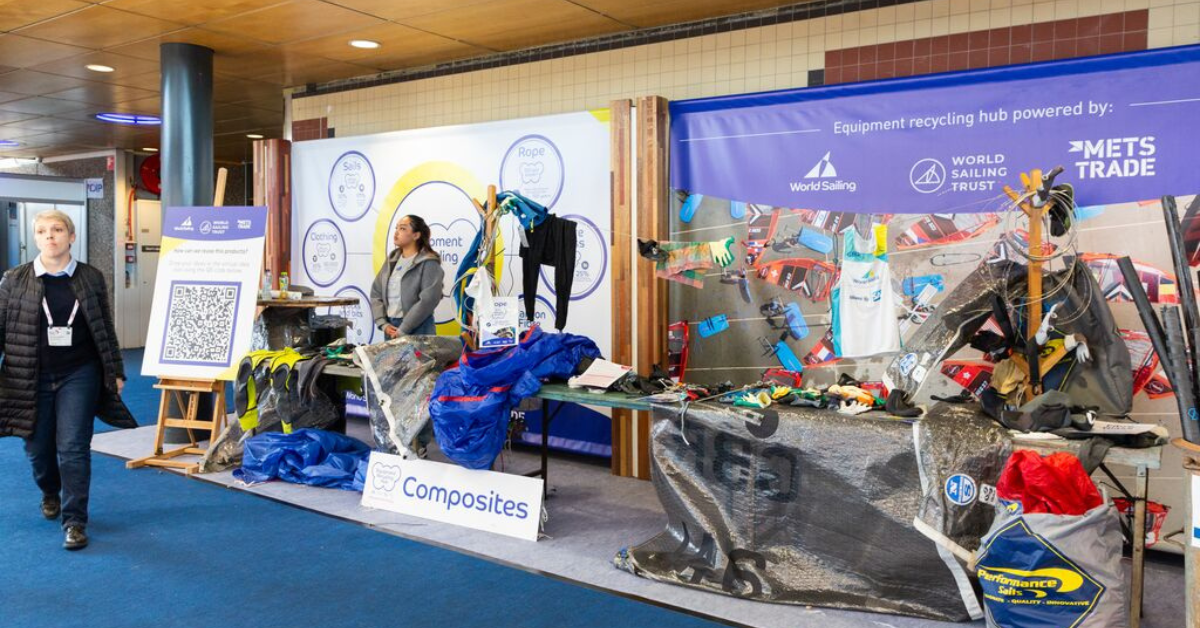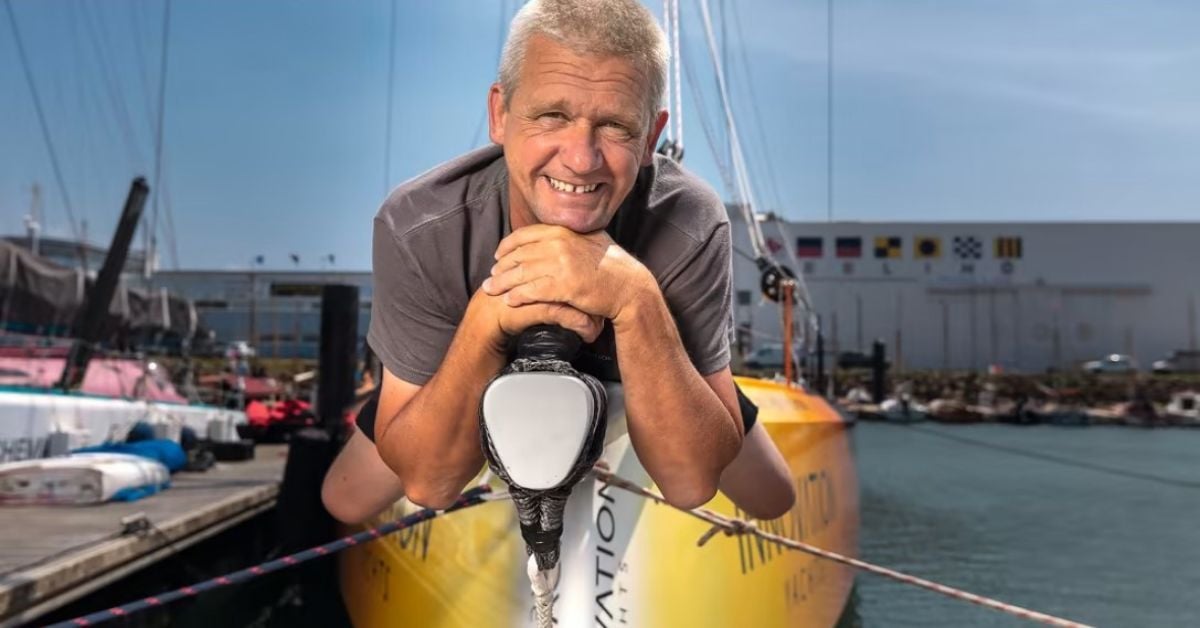Ocean biodiversity and marine biofouling, the ongoing challenge
 Peter Franklin
Peter Franklin
Last year at METSTRADE one of our Sustainability Panels introduced and discussed the implications of the IMO GloFouling Project. The background to this initiative is being driven by the amount of compelling scientific data confirming that marine biofouling is increasingly contributing to the loss of biodiversity in the world’s oceans.
The session was opened up by moderator Albert Willemsen, Environmental Consultant with ICOMIA, who spelled out very clearly the extent of the threat, saying that the United Nations has identified loss of biodiversity, as being as harmful to the environment as Climate Change is.
Albert mentioned that from the 20,000-species identified in Europe, something like 14,000 of them have been designated as invasive or non-native. These non-indigenous species (NIS) are introduced into a new aquatic environment via ballast water, or by transportation between regions on the hulls of transiting vessels for instance. They can then become permanently established by out-competing their indigenous counterparts, and some of them are almost impossible to eradicate, such is the scale of this escalating phenomenon.
The ensuing panel discussion focused on the development of biocide free antifouling coatings, other emerging ‘non-paint’ methods of marine fouling control, and the importance of properly regulated underwater hull cleaning.
The biocide content in coatings debate
One of the discussions that has been ongoing in the coatings industry about antifoulings for a few years now, revolves around the possibility of ‘throwing the baby out with bathwater,’ (excuse the pun.) This is because of increasingly stringent regulatory control (reduction) of the biocides contained in antifouling coating products. Whilst this is being pursued ostensibly for the protection of marine life, there is a strong argument that reducing the effectiveness of antifoulings could actually create an even bigger problem for the oceans. For instance, by further encouraging the translocation of invasive aquatic species (thus destroying biodiversity), and also increasing C02 emissions due to increased underwater resistance and fuel consumption.
How significant are recreational boats in the spread of NIS?
Considering the relatively recent focus on the loss of biodiversity in the marine environment, there has not been a great number of studies carried out specifically on leisure craft, in order to establish how much they might be contributing to the problem. However, there was a very detailed one published last year in the Journal of Applied Ecology. The study was conducted in the Mediterranean Sea, which as the report mentions, is the second leading destination for recreational boating after the United States.
The introduction states: “This is the first ever regional basin wide study to examine the potential factors for NIS richness on recreational boat hulls, across the Mediterranean through a thorough analysis of boater behaviour, boat characteristics and their hull fouling components. The output of this research aims to support science based policy and decision making for the management of the biofouling vector.”
The report is far too detailed to cover comprehensively here, but there are some interesting key points in its concluding remarks, which are as follows:
- - The research demonstrates that 71% of vessels sampled in the Mediterranean are carrying NIS.
- - The surveyed boaters travelled both extensively and frequently, particularly in the peak summer months when environmental cues trigger invertebrate spawning, thus increasing opportunities for successful introductions. Additionally, boats entered the Mediterranean basin via each of the four possible entrances illustrating the potential for new introductions from multiple source regions.
- - Most marinas with high NIS richness were in close proximity to other major NIS introduction vectors, such as aquaculture sites, commercial harbours and particularly the Suez Canal which enhances the probability of new introduction events to marinas.
- - The results indicate that the current average annual frequency for antifouling applications is insufficient in mitigating the spread of NIS in the Mediterranean through recreational boating.
- - In-water hull cleaning is mostly undertaken to reduce drag by owners, and is therefore only as effective as the cleaner is. Hence the niche areas, hard to clean areas and deeper sections of the boat hull often go missed by the owners. If the spread of NIS is to be better controlled, special attention must be paid to cleaning the niche areas in these in-water cleanings, and such operations must be done far away from the marina where there are no artificial substrates available for settlement, or the issue can be exacerbated.
- - Owing to frequent interregional vessel travel in the Mediterranean Sea, the optimal scenario for NIS control would be to have all 22 countries bordering the Mediterranean basin following a common strategy to limit the spread of marine NIS.
GloFouling Partnership forges ahead
The main purpose of the IMO sponsored GloFouling project, which was introduced and discussed at last year’s METSTRADE is to foster a globally integrated response to exactly the kind of challenges highlighted in above mentioned study. The overall aim is clear to all; to tackle two of the most pressing environmental issues of our time… invasive species, and greenhouse gas (GHG) emissions.
And the project has not stood still this year despite the unforeseen difficulties. In fact, a new collaborative venture was announced in June, combining the forces of IMO, UNDP (United Nations Development Program) and the private sector, in a new Global Industrial Alliance (GIA.) The GIA brings together stakeholders in the private sector and the GloFouling Partnerships, a project led by United Nations entities to address the transfer of harmful aquatic species through biofouling.
Just as a reminder, the GloFouling project, will run for 5 years (2019-2023), involving 12 countries, 6 regional environmental organisations and over 60 strategic partners. A significant part of the mission is to create a knowledge hub, as one-stop access to information for all maritime industries.
Would you like to know more?
ICOMIA and World Sailing are active partners in the Global Industrial Alliance, as are many other leading maritime focused commercial companies such as Hempel Paints, and NRG Sonihull, the ultrasonic antifouling producer. Representatives from these organisations will be participating in the follow up to last year’s GloFouling update which will feature as part of the ‘METSTRADE Connect’ virtual show on December 10th. Look out for more details in the coming weeks.
Share your stories on leisure marine industry with us
Do you have an innovation, research results or an other interesting topic you would like to share with the leisure marine equipment industry? The METSTRADE website and social media channels are a great platform to showcase your stories! Let us know via metstrade@rai.nl
Are you a METSTRADE exhibitor?
Make sure you add your latest press releases to your Company Profile in the Exhibitor Portal for free exposure.


